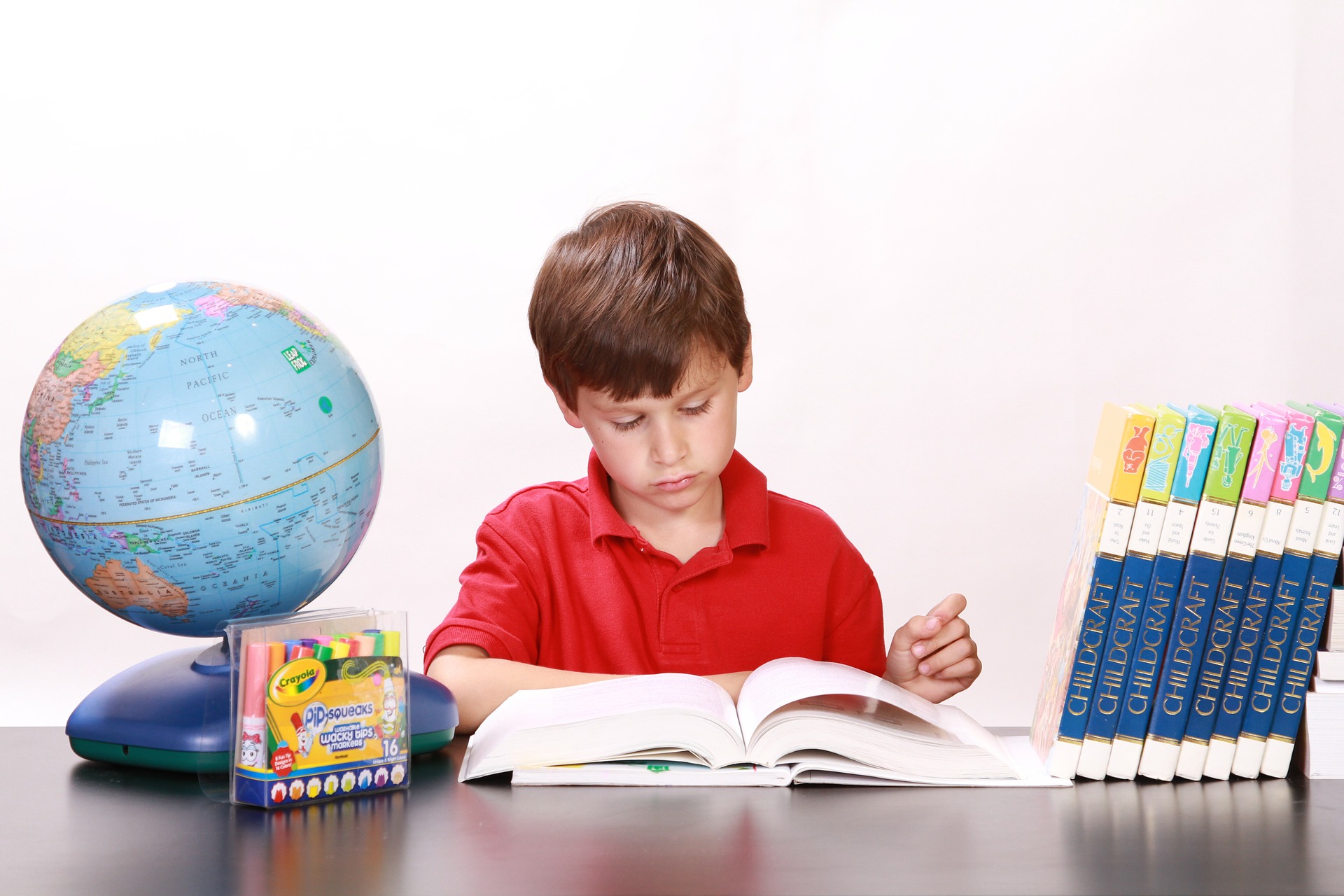As a parent, we want what is best for our kids. We want them to succeed in everything that they do but are we aware of what may be holding them back? What visual learning difficulties they may be experiencing? Statistics show that one out of four children has a vision problem which may be affecting their ability to concentrate and understand what they are being taught in class.
From Kindergarten to Standard 2, most children are “learning to read”. As they reach Standard 3 and upper, they are “reading to learn”. At times, symptoms of learning difficulties such as Dyslexia which is a reading problem and Attention Deficit Hyperactivity Disorder (ADHD) which is an attention problem.
These learning difficulties may be due to an undiagnosed visual problem such as convergence insufficiency (eyes are unable to work together when looking at nearby objects) or accommodative insufficiency (inability of the eye to focus properly on an object) which are easily treatable with eye therapy.
Having good visual acuity means seeing clearly but seeing clearly is simply not enough if other visuals components are not working the best. Without efficient visual skills, these children will find “learning to read” much more difficult.
The visual skills that are needed are :
- Coordinating their eye movements as a team.
- Focus clearly as they read or to make quick focusing changes such as when they are looking up at the board and back down to their reading materials.
- An ability to read without losing their place
- Interpret and accurately process what they are seeing.
Worry not parents as there are signs and symptoms that you an look out for such as :
- Your child is holding their books very close to their eyes about 15-20 cm near.
- Holds their head at an extreme angle to read a book
- Covers one eye squints as they read
- Excessive head movements as they read
- Poor attention span that leads them to feel tired after work
- Homework takes a longer time period to complete than expected
- Complains of blurry or double vision when near work
- Takes a longer time to write down what’s on the board or a book on their notebooks
- A constant need to use a ruler, pencil or finger when reading to keep their place
- Irregular spacing or poor organization when writing
- Reverse letters, number, and words such as b/d or was/saw
- Re-reads or skips words and/or line unknowingly
- Fails to recognize the same word in the next sentence.
- Complaints of headaches or eyestrain after work
- Excessive blinking or rubbing of the eyes when working
- Poor reading comprehension
There are treatments offer to help your child if they have any visual learning difficulties. There are a ton of allied health professionals that can assist your child’s learning difficulties such as an optometrist, orthoptists, pediatric specialist, educational psychologist school concealers, teachers, occupational therapist and speech pathologist.
An optometrist and orthoptists can assess how the child’s visual system is performing and how it may be detracting from their ability to learn in the classroom. They can also provide a broader range of services and products to assist your child.
To succeed in school, children need more than just the ability to read but the ability to read clearly and how they can maintain their focus while reading. These visual skills can’t be fixed by glasses alone.
Book an appointment now or call us if you have more questions.


